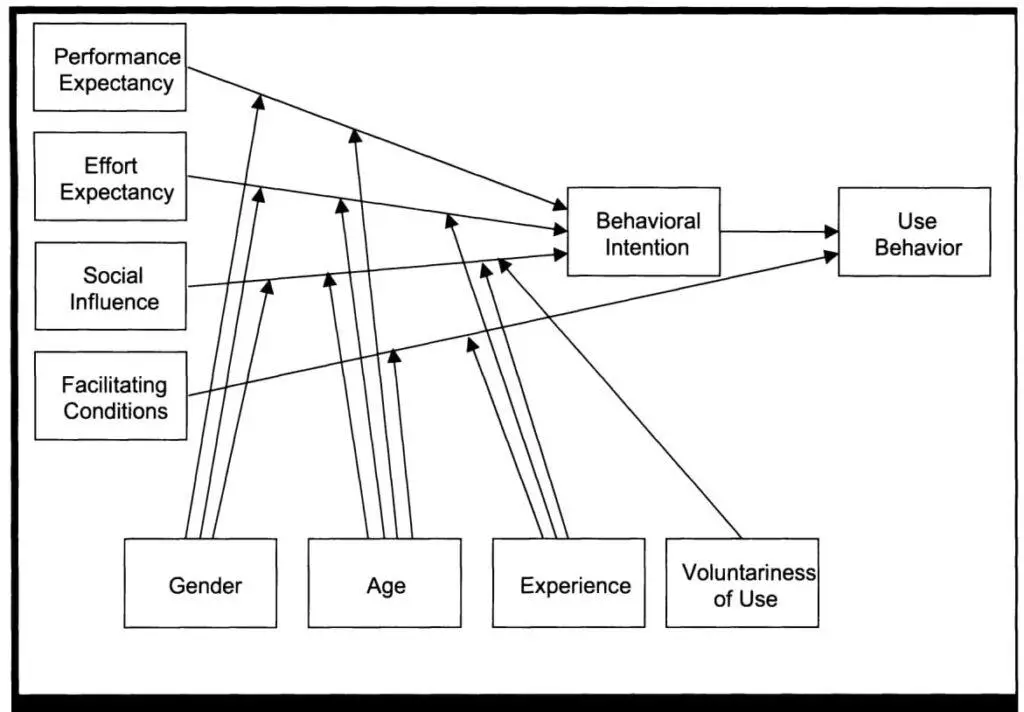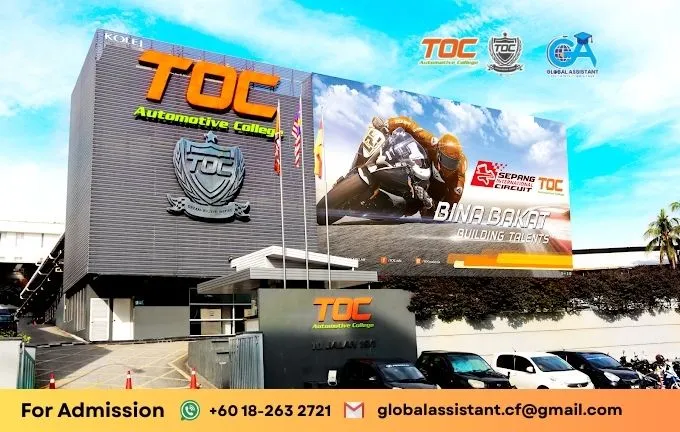UTAUT Model (Venkatesh et al. 2003) PDF Download Link
UTAUT Model (Venkatesh et al. 2003) PDF Download Link. USER ACCEPTANCE OF INFORMATION TECHNOLOGY: TOWARD A UNIFIED VIEW Article Download.
Unified Theory of Acceptance and Use of Technology
The full form of the UTAUT Model is the Unified Theory of Acceptance and Use of Technology. Viswanath Venkatesh and others introduced this technology adoption model in 2003 to explore the factors influencing people to accept and use new technology. It is mostly known as the UTAUT model.
Title: USER ACCEPTANCE OF INFORMATION TECHNOLOGY: TOWARD A UNIFIED VIEW
Author: Viswanath Venkatesh, Michael G. Morris, Gordon B. Davis, and Fred D. Davis.
Publisher: Management Information Systems Research Center, University of Minnesota is collaborating with JSTOR to digitize, preserve, and extend access to MIS Quarterly.
Website: http://www.jstor.org
Bibliography:
APA: Venkatesh, V., Morris, M. G., Davis, G. B., & Davis, F. D. (2003). User acceptance of information technology: Toward a unified view. MIS Quarterly, 425-478.
MLA: Venkatesh, Viswanath, et al. “User acceptance of information technology: Toward a unified view.” MIS Quarterly (2003): 425-478.
HARVARD: Venkatesh, V., Morris, M.G., Davis, G.B. and Davis, F.D., 2003. User acceptance of information technology: Toward a unified view. MIS Quarterly, pp.425-478.

Abstract
Information technology (IT) acceptance research has yielded many competing models, each with different sets of acceptance determinants. In this paper, we (1) review user acceptance literature and discuss eight prominent models, (2) empirically compare the eight models and their extensions, (3) formulate a unified model that integrates elements across the eight models, and (4) empirically validate the unified model. The eight models reviewed are the theory of reasoned action, the technology acceptance model, the motivational model, the theory of planned behavior, a model combining the technology acceptance model and the theory of planned behavior, the model of PC utilization the innovation diffusion theory, and the social cognitive theory. Using data from four organizations over six months with three points of measurement, the eight models explained between 17 percent and 53 percent of the variance in user intentions to use information technology.
Next, a unified model called the Unified Theory of Acceptance and Use of Technology (UTAUT), was formulated, with four core determinants of intention and usage, and up to four moderators of key relationships. UTAUT was then tested using the original data and found to outperform the eight individual models (adjusted R2 of 69 percent). The UTAUT was then confirmed with data from two new organizations with similar results (adjusted R2 of 70 percent). UTAUT thus provides a useful tool for managers needing to assess the likelihood of success for new technology introductions and helps them understand the drivers of acceptance to proactively design
interventions (including training, marketing, etc.) targeted at populations of users that may be less inclined to adopt and use new systems. The paper also makes several recommendations for future research including developing a deeper understanding of the dynamic influences studied here, refining measurement of the core constructs used in UTAUT, and understanding the organizational outcomes associated with new technology use.
Keywords: Theory of planned behavior, innovation characteristics, technology acceptance model, social cognitive theory, unified model, integrated model.













